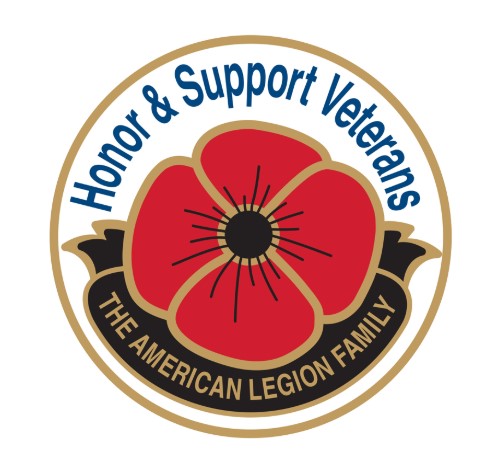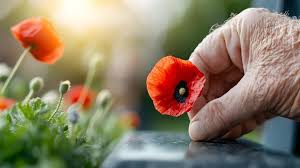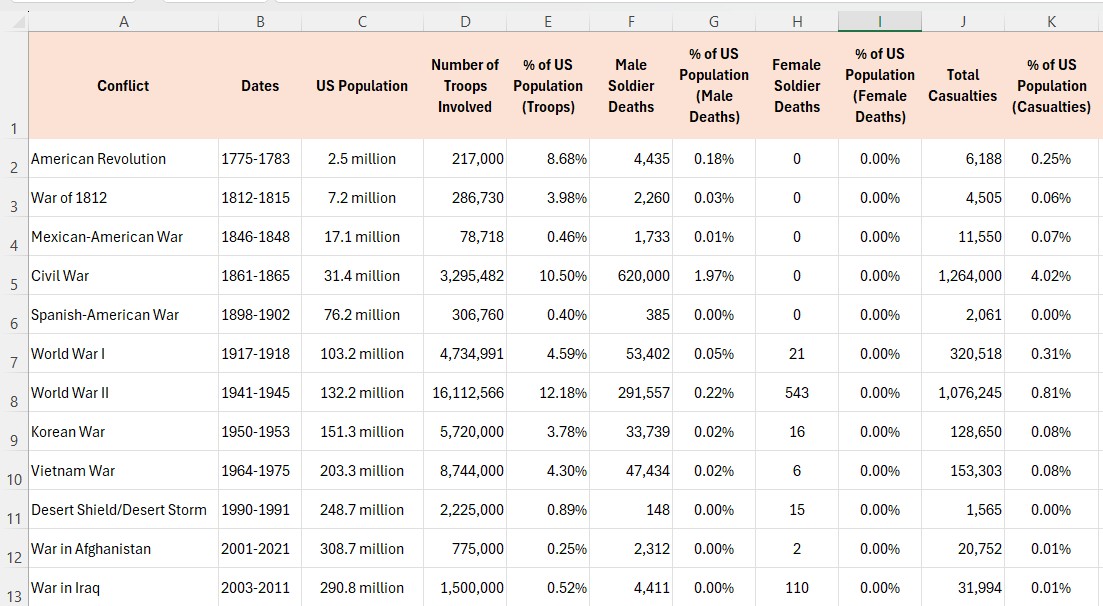



A Brief History
ORIGINS AND EARLY OBSERVATIONS
In the United States, Memorial Day, originally known as Decoration Day, began officially, after the American Civil War to honor the Union soldiers who died in the war, including nearly 4,000 Chicagoans. The first formal national observance took place when General John A. Logan, leader of the Grand Army of the Republic, called for a nationwide Day of Remembrance to be held on on May 30, 1868, a day when flowers would be in bloom across the country.
EVOLUTION AND POPULARITY
By the end of the 19th century, Memorial Day ceremonies were held on May 30 throughout the nation. State legislatures passed proclamations designating the day, and the Army and Navy adopted regulations for proper observance. After World War I, the day was expanded to honor those who died in all American wars.
DECLINE IN POPULARITY
In recent decades, Memorial Day observances have seen a decline in popularity. Surveys indicate that fewer and fewer Americans attend parades, memorial services, or visit gravesites on Memorial Day. Changing cultural values and a lack of understanding about the holiday's true meaning have contributed to this decline.
RESURGENCE AND OBSERVANCES
Fortunately, efforts to educate the public about the true meaning of Memorial Day have led to a resurgence in observances. Organizations like USAA have created initiatives such as the Poppy Wall of Honor to help Americans learn about and honor fallen service members. Additionally, there has been a renewed emphasis on community-wide events and ceremonies to ensure the holiday's significance is preserved.
MEMORIAL DAY ETIQUETTE
Unlike Veteran's Day, it is not a time to thank current and past members of the military for their service. It is a time to join them in appreciating and remembering the bravery of our troops and the losses to their families and loved ones. Flags should be flown at half staff until noon, and then briskly raised to the top of the staff until sunset.
